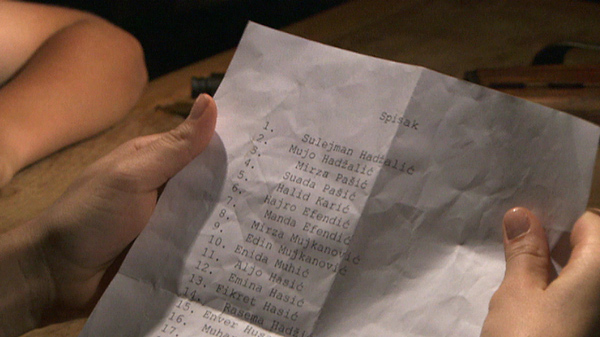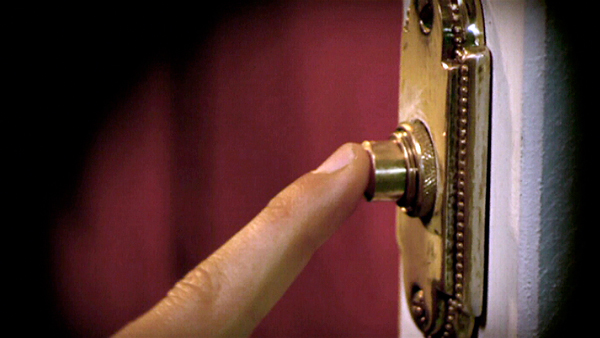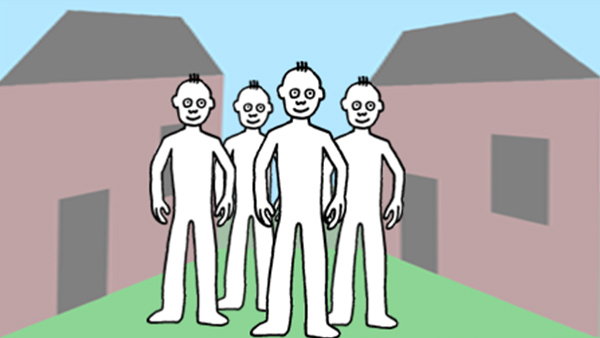Camera
The phrase 'show - don't tell' is familiar to filmmakers. Put very simply it means to use all the means at your disposal to convey action, character, mood, plot, and not just to rely on words to explain everything.
In a film the camera acts as a narrator, leading us through the story. Different camera shots are used for various purposes. Understanding these camera shots helps us understand the conventions and techniques of the craft behind filmmaking, in the same way we recognise and understand the conventions and techniques of an author.
Viewing activities
Download and print out our shot sizes handout.
- Pause the video. Discuss the frozen image, including the camera angle and how elements are positioned.
- Get the pupils to note down, close up, medium & wide shots during the film or any unusual angles. Discuss why these might have been chosen for that moment in the film.
- Do the same with pans, tracks and zooms.
- Do we see different characters points of view?
- For a sequence in the film guess the number of shots used. Then view and count the actual changes in shot.
Follow on activities
Close ups
Show close ups of emotions or photograph the pupils acting out the emotions. Brainstorm adjectives and phrases to describe these emotions and display them on your writing wall or in a 'Bright Ideas' book which pupils can refer to when writing.
Below are close-ups from Meat the Campbells and The Way We Played. Why were they chosen at these moments in the films?
The Way We Played Meat the Campbells
Wide shots
Wide shots are often establishing shot - often used to show the whole setting of a scene. Discuss with children how this is similar to an author describing the setting in detail at the start of a novel.
Read the opening paragraph of a novel. Can pupils draw one single opening shot that encompasses all this information?
Have a still of a wide shot and have pupils write an author's attempt to portray the same information.
The difference between shot types
Being able to tell the difference between types of shots is one of the keys to understanding film. Have a class collection of comics / graphic novels. See if pupils can find evidence of all the different types of 'shots' and explain why they have been used.
Get pupils to take their last piece of creative writing. Can they highlight where close ups, long shots etc would be used. Storyboard part of their story with appropriate shots noted.
Use Comic Life to create a story or A Day in the Life of your school with photographs using close ups and long shots.
Download these two comic books, the first from 1896 and the second from the 1950s. How has the development of film language changed comic book style across the two pages?


